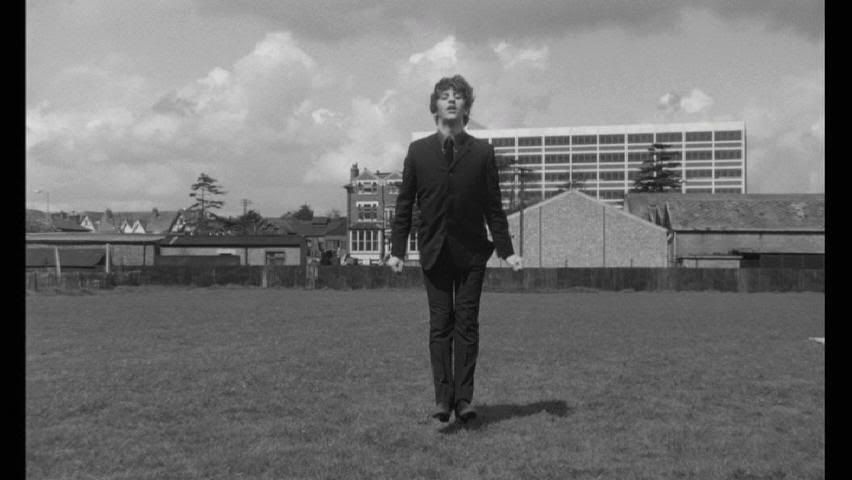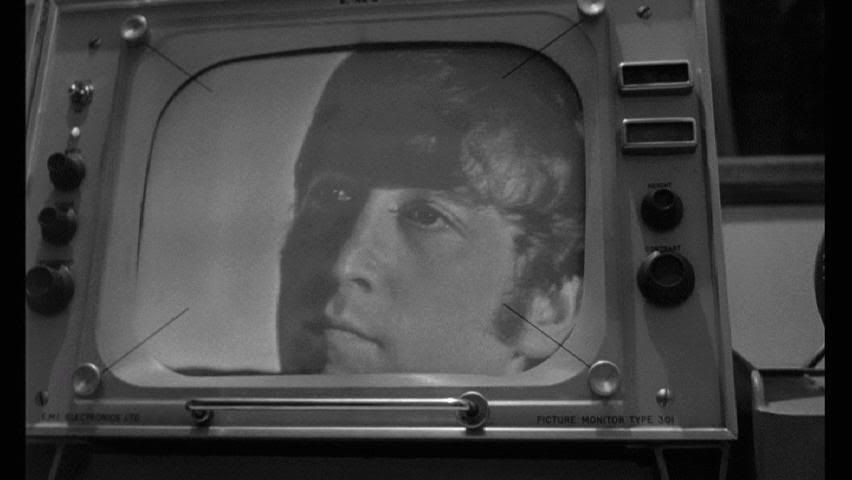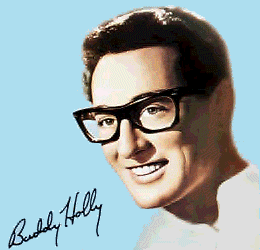Student, Master, Libertine
Before X left
I had always gone back in the death to the Modernism of the release of this terrible film of Tatischeff, Playtime, in which the old confused man cannot find his way in the Modernist landscape. (Instructions X left with me require all the times that I mention a film I must link to Roger Ebert’s review of it).

But we decided Playtime was too late, the victim already had been mortally wounded. No, we must earlier go to find the assassin. And when you start to think in this way, killers - Earps against Clantons of Modernism - become obvious.

It is, I think, the critical point: all people were, perhaps subconscious, struggling within forms which had become excessively restrictive. Like George Harrison indicated: "The Beatles saved the world from boredom." They made thus by taking forms of Apollonian and by twisting them in anthems of Dionysian.
Before he left for Afr... er, his destination, X and I listened to the albums The Night per Hard Day, Beatles to be Sold, and Assistance!. These were noted at one special time in the history of Beatles.

These three albums come during the year or two before they gain the complete control. In them they always play the songs of others, but arrangements are invariably innovating, nervously experimental subtle manners. As mockingbirds they find their own voices by imitating others. They are with the pains never to repeat itself.
And then, some drugs, some fights over money and women, and the bacchanal is over. After having destroyed Modernism and its immaculate vision of the future, Beatles could no more propose a new agenda than could Maha Kali, the goddess of the destruction.
Lennon, forgetting all he has once known, writes the songs which even politicize a dream.

It was regrettable to see that the joy and energy of young people fall to the ruin so much quickly. And after it is over, there are only the echoes, the forms, and, yes the dreams.



3 Comments:
Wow, it sounds like you and Dr. X have a lot in common when it comes to your opinions about music and art. I don't think I'd ever encountered with anyone who agreed with him as much as you do...
Actually, my musical preference is ambient.
I do not view "art" due to its radical historicism.
I believe sir, you may have inadvertently conflated modernism in art with modernism in architecture with post-war economic drives to ward social and political conformity- these of course are mutually exclusive, as modernism in art was in fact driven by a desire for openess and universal liberation, while modernism in architecture was driven by cost-savings and a few shapes borrowed from the bauhaus dandies kneeling before the might of Der Stihl; all the while you seem to have confused a band of pop musicians with the cultural movement long ago sparked by American jazz. This popular music band was about the last group on the bus, and while it served to popularize individualism and joie de vivre as a fashionable style, it undercut that very principle with its slavish adherence to marketers and business managers - the very techniques that the Pop artists -REJECTING the liberating modernism of the AB-Ex painters - were appropriating as a primary subject matter. Traditional Marxists of course, quickly confused this appropriation of mass culture iconography with Walter Benjamin's brilliant but foolish prediction that the use of mass production as a cultural technique- ala the Beatles - would create mass class consciousness. Of course, this turned out to be completely false, as the mass capitalist culture instantly appropriated all this as an affirmation of the existing capitalist cultural hegemony.
We are left with 14 year old girls feeling an illusion of liberation in the mid 1960s, while subsuming their identities into idol worship. The reason for the failure to effectively politicize this passing cultural condition may be demonstrated with a fairly cursory examination of capitalist cultural hegemony and market domination of cultural production.
While your unavoidable unfamiliarity with art and American culture may have caused you to be mistaken on these major points, I concur that the Beatles produced some entertaining music within the context of their era.
Post a Comment
<< Home